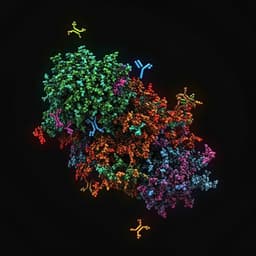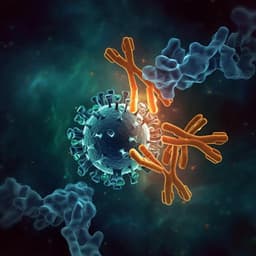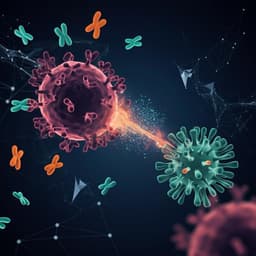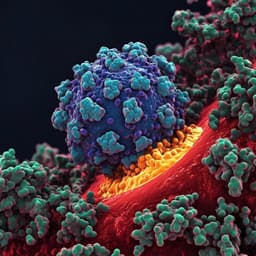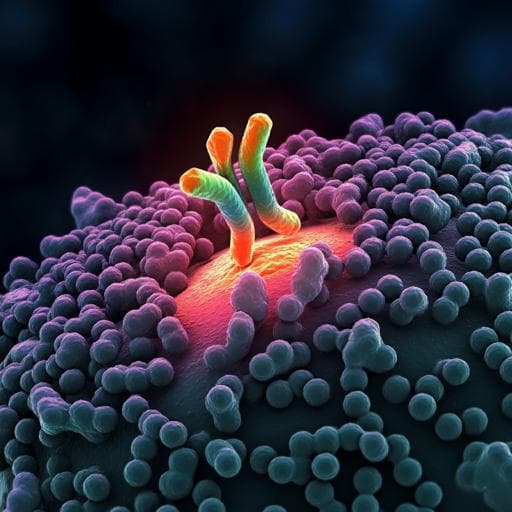
Medicine and Health
Broad ultra-potent neutralization of SARS-CoV-2 variants by monoclonal antibodies specific to the tip of RBD
H. Ma, Y. Guo, et al.
Discover how researchers, including Hang Ma and Yingying Guo, have developed a groundbreaking monoclonal antibody, 2G1, that effectively neutralizes all current SARS-CoV-2 variants of concern. With high affinity and remarkable therapeutic efficacy, 2G1 showcases its potential to combat evolving threats in the pandemic landscape.
~3 min • Beginner • English
Related Publications
Explore these studies to deepen your understanding of the subject.



